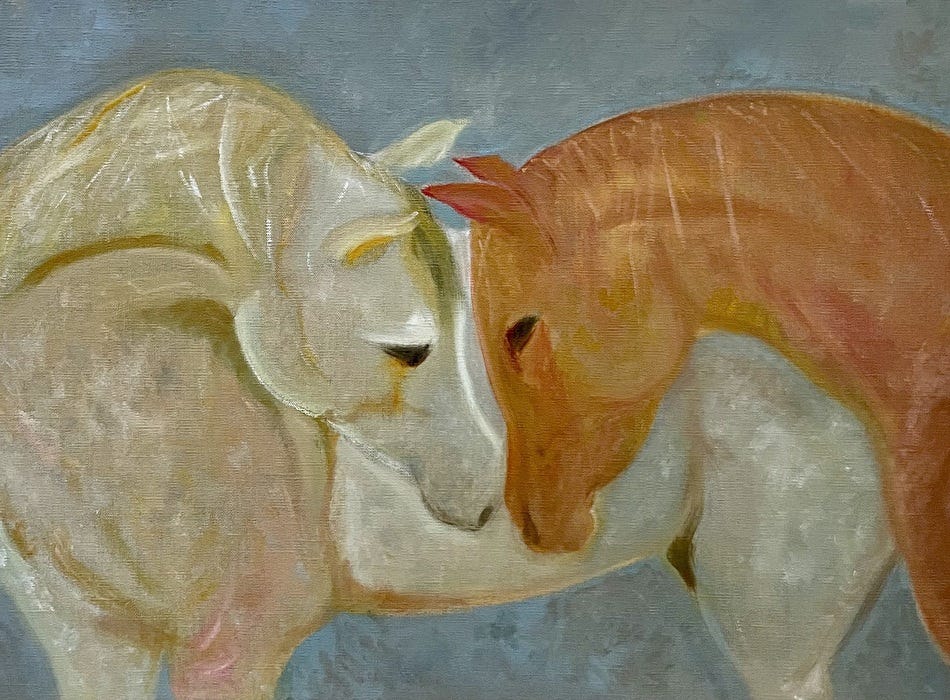I am not sure why I was buying four garbage cans. It must have been some sort of construction project. My plan was to get them all into my Prius. Or maybe I had a hatchback then. I’m pretty good with space, so I was confident. I rolled my big cart out from the Home Depot contractor entrance and stood contemplating the arrangement. First I tried to fit three in the back, with the seat down, and one in the front. It didn’t work at all. Not to be dissuaded, I shifted my approach. They were sturdy garbage cans; I don’t like buying junk, even to collect junk. They didn’t simply fit into one another tightly because of the structured rims for the locking lids.
Re-evaluating, I tried a new arrangement in the back with all four. I moved the front passenger seat as forward as possible. Almost. Couldn’t close the passenger side car door. Can you drive with the door ajar, just for a few miles maybe? At this point I noticed a man parked by the door to the Home Depot watching me. I could see that he was curious and interested, so I wasn’t concerned. He even smiled at me encouragingly. Trying again, I shoved my body against one of the garbage cans. No luck. The plastic of the cans was pretty tough, and bending wasn’t a possibility. My optimistic spirits were beginning to fade and I reluctantly pulled the big lumber cart close to the car again planning to remove teh cans and just return them.
Just then, suddenly at my shoulder, the man spoke. Can I try, he asked in a friendly voice. Well they really won’t fit. I may have to borrow a truck, but sure, go ahead, I replied. Somehow, very cleverly and with a few geometric shifts I hadn’t seen, the man got all four cans into my little car neatly and cleanly. Just wow, I thought. I was in love.
Turned out he was an architect, waiting for his son who had a summer job at the Home Depot. I admire architects, but I especially admire people who are good with space. Better than me, and I’m good. I would have left with him that moment if he had asked.
My second love affair took place a few years later. It was winter, and I was driving the long empty highway from Vestal, NY to Vermont for Christmas. My car was an older Honda Accord, one of my first nice cars. “Cashmere” colored according to the dealer, and it came with more electronic and digital features than I was used to. Some light went on, and worse, some sound began. I was in the middle of nowhere.
I called my husband (I was married at the time) and asked what I should do. He really couldn’t help, or so he said. I was two hours out. He told me where the next exit was; it was just a few minutes, and I took it. I was on my own.
There was a gas station just around the curve of the exit and I came to a stop by the entrance. Everything was very quiet because of the holiday. Despite it being December, it was a nice sunny day. The station attendant told me there was a repair shop a mile down the road, but it was likely closed. Maybe I could catch the mechanic there. My car was kept making noises, despite my effort to will the sounds away, and it seemed to be getting stiffer to drive. I made it to the shop, and coasted to a stop. Out front was a man painting a child’s bicycle bright red. My heart was already beginning to warm.
The mechanic was very nice. He was Dutch, and fixing up a second hand bike for his kid. He was only there to do that, but he kindly took a look at my car. It was some sort of computer thing, but he had a machine he could plug something into for a diagnosis and reset. His manner was European; friendly but formal. We spoke for a few minutes about the old country. He got me back on the road, and didn’t even charge me. I was all ready to settle down with him in the sparsely populated woods of upstate NY. I knew everything I needed to know. He was kind, competent and humble. Unfortunately, it was not to be as we were both married. I could have been persuaded however.
I have long been fascinated by how little we need to know in order to know a great deal about something. In art, we only need to make a suggestion. The eye is quick to fill in the blanks. An arc suggests a circle. A crunched paper towel dipped in paint and lightly touched to canvas makes marks easily accepted as foliage. Of course, to follow the implications of a mark or a human gesture, you must be attentive. I did, indeed, know just about everything I needed to know about these gentlemen.
Namaste
Leslie





When we know so much, how can we simultaneously be so wrong? Is it in the shift between being and knowing? Between remembering and forgetting?
Beautiful, relatable illustrations - thank you!